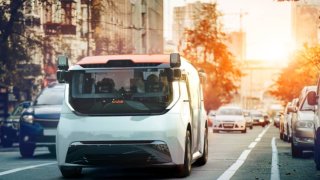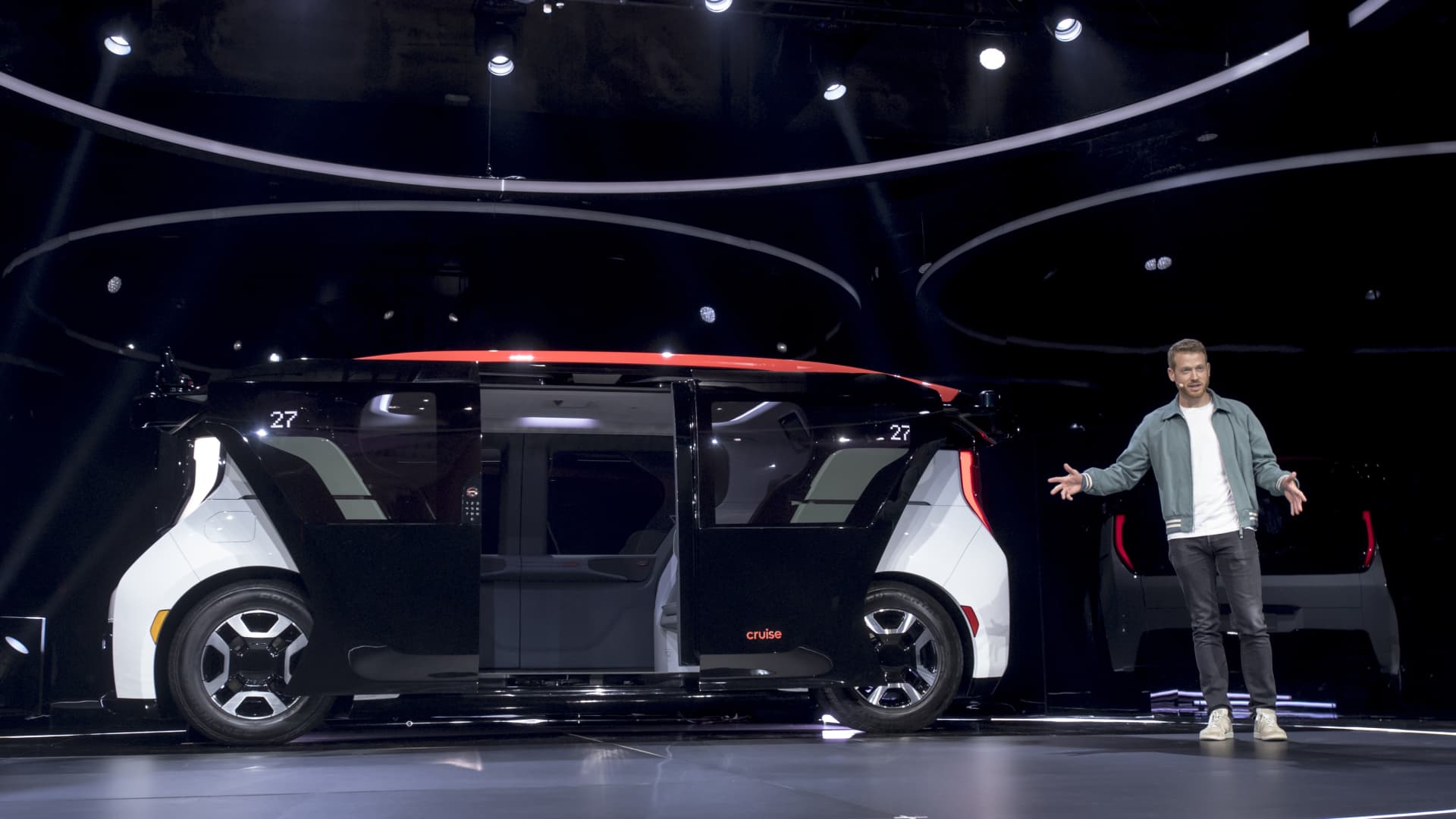
- Federal vehicle safety regulators have cleared the way for the production and deployment of truly driverless vehicles that do not include manual controls such steering wheels or pedals.
- The U.S. National Highway Traffic Safety Administration on Thursday issued final rules eliminating the need for highly automated and self-driving vehicles to need such controls.
- The new rule emphasizes such cars "must continue to provide the same high levels of occupant protection as current passenger vehicles."
DETROIT – Federal vehicle safety regulators have cleared the way for the production and deployment of driverless vehicles that do not include manual controls such as steering wheels or pedals.
The U.S. National Highway Traffic Safety Administration on Thursday issued final rules eliminating the requirement that cars with automated driving systems, or self-driving vehicles, include these conventional controls.
The 155-page, "first-of-its-kind" ruling allows companies to build and deploy autonomous vehicles without manual controls as long as they meet other safety regulations. Current self-driving cars, operating in small numbers in the U.S. today, typically include manual controls for backup safety drivers and to meet federal safety standards.
Get South Florida local news, weather forecasts and entertainment stories to your inbox. Sign up for NBC South Florida newsletters.
"Through the 2020s, an important part of USDOT's safety mission will be to ensure safety standards keep pace with the development of automated driving and driver assistance systems," Transportation Secretary said Pete Buttigieg in a statement. "This new rule is an important step, establishing robust safety standards for ADS-equipped vehicles."

The new rule emphasizes driverless cars "must continue to provide the same high levels of occupant protection as current passenger vehicles." Companies still must meet other safety standards as well as federal, state and local regulations to actually launch and operate driverless vehicles on U.S. roadways.
Money Report
In a published version of the rule, which was signed by NHTSA Deputy Administrator Steven S. Cliff, the agency wrote that it "sought to clarify that a manufacturer of ADS-equipped vehicles must continue to apply occupant protection standards to its vehicles even if manual steering controls are not installed in the vehicle."
The ruling, which was first proposed in March 2020, comes a month after General Motors and its self-driving unit Cruise asked NHTSA for permission to build and deploy a self-driving vehicle without manual controls called the Cruise Origin.
GM and Cruise have previously said they planned to begin production and deployment of the Origin in early 2023.
GM and Cruise are among 30 or so companies or organizations permitted to test highly automated or self-driving vehicles on U.S. roadways, according to NHTSA. The companies, along with Alphabet's Waymo, are believed to be among the leaders in self-driving vehicles.
At an Autonomy Day event in 2019, Tesla CEO Elon Musk promised his company would deliver a car without a steering wheel within two years.
While that hasn't happened yet, at the time Musk said: "Once regulators are comfortable with us not having a steering wheel, we will just delete that. The probability of the steering wheel being taken away is 100%."
-- CNBC's Lora Kolodny contributed to this report.






